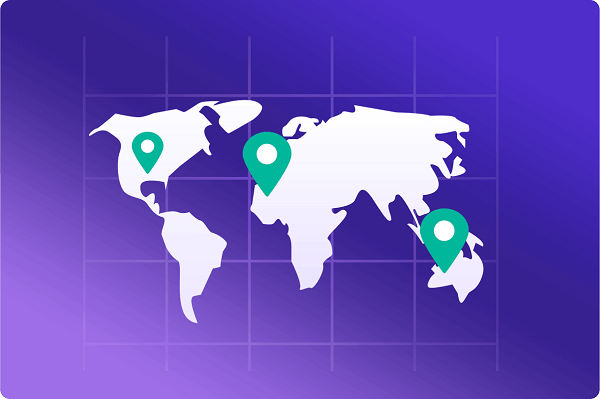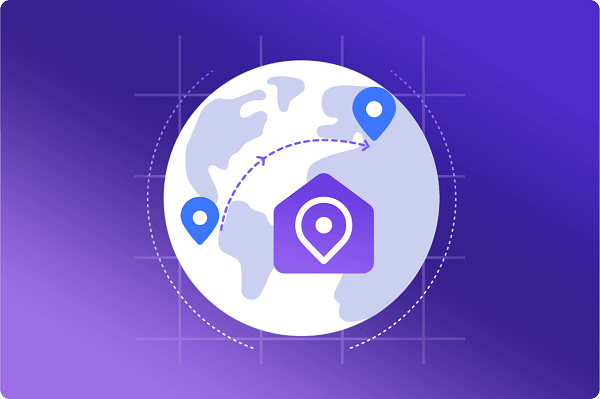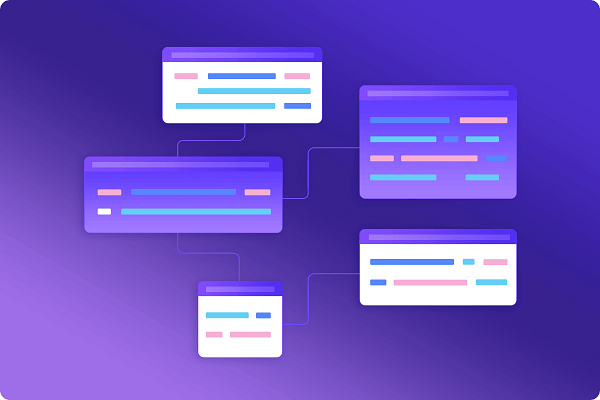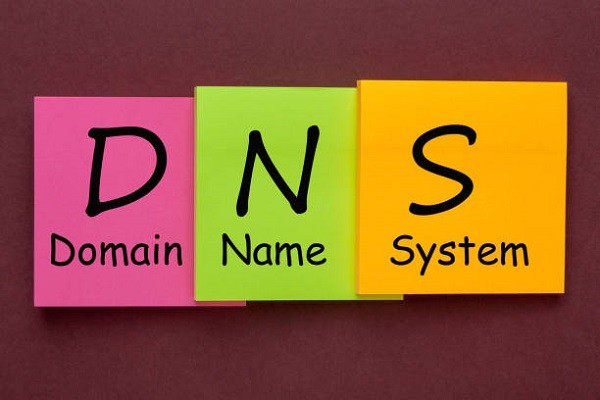This article deeply analyzes the definition, application scenarios and technical challenges of the Glassdoor dataset, discusses how companies can efficiently use this resource, and explains the key role of proxy IP services in data collection.1. Definition and core value of Glassdoor datasetGlassdoor dataset refers to a collection of structured data obtained from Glassdoor, a world-renowned career information platform, covering company evaluation, salary information, job recruitment, employee feedback, etc. This type of data provides an important basis for corporate market analysis, recruitment strategy optimization, and competitive intelligence research. Since Glassdoor data usually contains dynamically updated user-generated content (UGC), its collection and analysis must rely on stable and efficient technical means. For example, IP2world's proxy IP service can help users obtain such data in compliance by dynamically switching access nodes, while avoiding triggering anti-crawling mechanisms.2. Typical composition of the Glassdoor datasetEnterprise evaluation data: including employee ratings of the company, cultural evaluation, management trust, etc.Salary and benefits information: salary ranges, bonus structures, insurance policies for different positionsJob recruitment dynamics: corporate recruitment needs, job skill requirements, interview process feedbackIndustry trend insights: changes in job supply and demand in specific fields, and trends in the evolution of popular skills3. Main scenarios for enterprises to use Glassdoor dataIn the field of human resources, Glassdoor data can be used to optimize recruitment strategies. By analyzing the salary levels of competing companies, companies can adjust their own salary systems to improve their competitiveness; market research teams can use this to identify the talent flow trends in the industry and predict the demand for emerging positions. In addition, investors can assist in investment decisions by exploring the correlation between employee satisfaction and corporate market value.4. Technical path to legally obtain Glassdoor dataAPI interface call: Glassdoor officially provides limited enterprise APIs, which require application for permission and compliance with call frequency limits.Web page data collection: For unstructured page data, it is necessary to design an automated script for targeted crawlingDistributed IP management: Using dynamic residential proxy services (such as IP2world's dynamic residential proxy) can simulate real user behavior and reduce the risk of IP blocking5. Common challenges and optimization methods in data processingThe data cleaning process needs to deal with the complexity of sentiment analysis of comment texts, and NLP technology can be used to extract keywords and sentiment tendencies. At the data update level, it is necessary to balance efficiency and compliance when establishing an automated collection system, such as achieving high-frequency access to fixed IPs through exclusive data center proxies. For large-scale data storage, it is recommended to adopt a shard storage architecture combined with an IP rotation mechanism to ensure collection continuity.As a professional proxy IP service provider, IP2world provides a variety of high-quality proxy IP products, including dynamic residential proxy, static ISP proxy, exclusive data center proxy, S5 proxy and unlimited servers, suitable for a variety of application scenarios. If you are looking for a reliable proxy IP service, welcome to visit IP2world official website for more details.
2025-02-28





